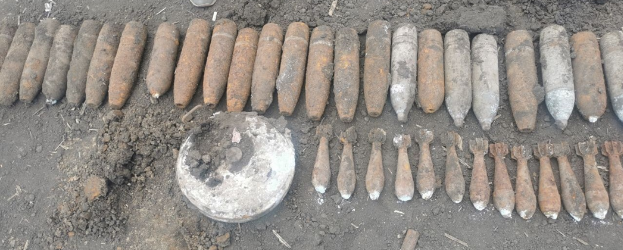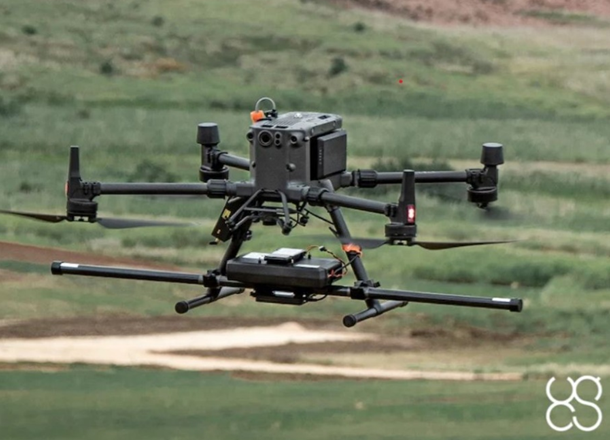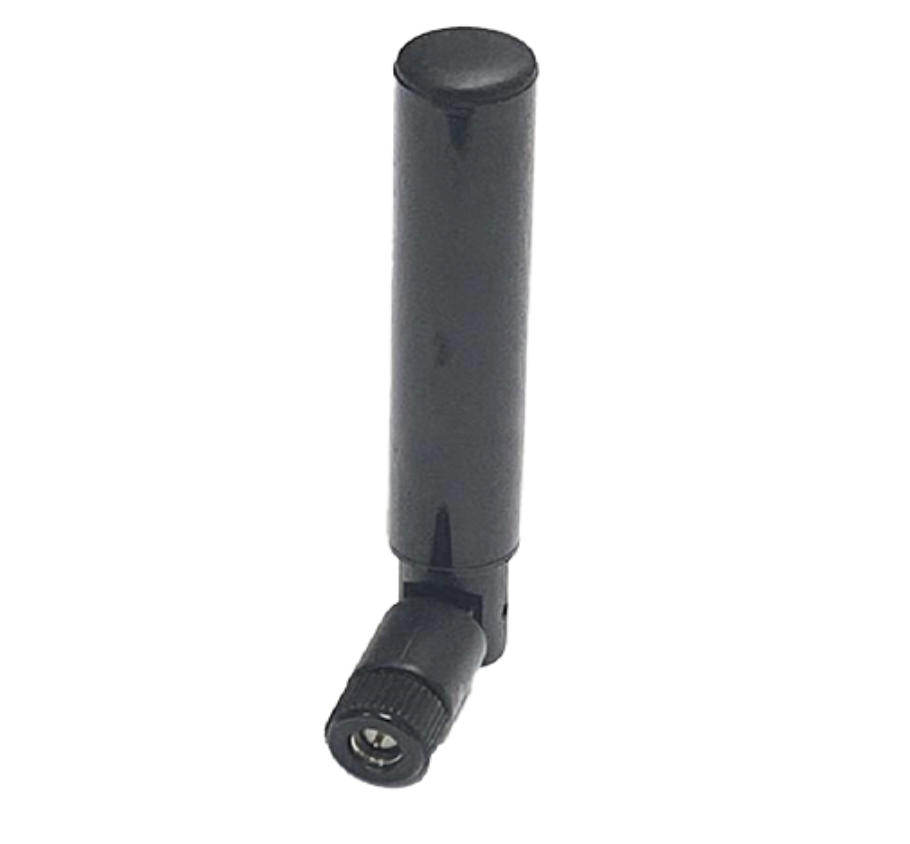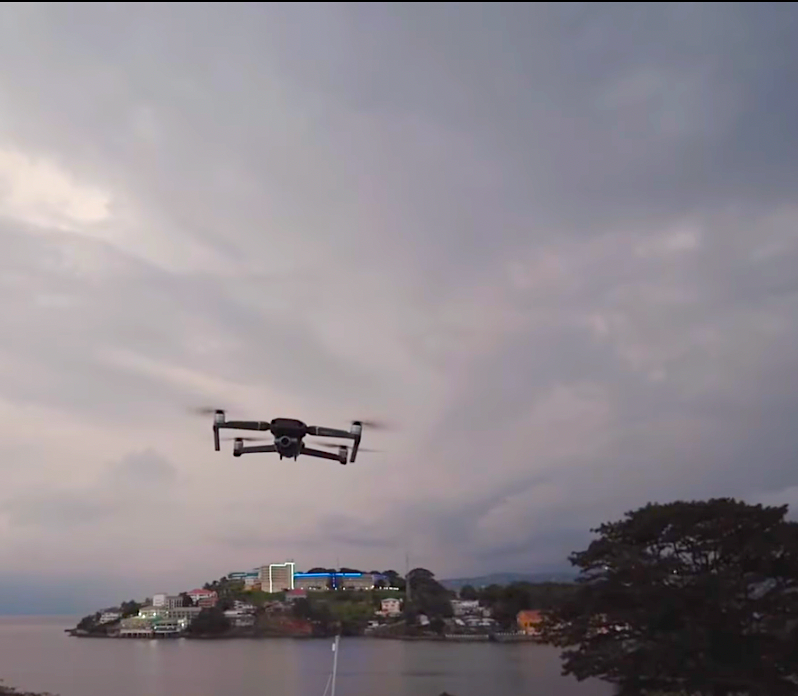Product NewsMilitarySoftwareRevolutionizing UXO Detection: Drones and Magnetometers Take Flight

09 June 2023
Unexploded ordnance (UXO) and abandoned ordnance pose significant risks long after conflicts have ended, necessitating the crucial task of detecting and clearing these hazardous remnants. In this article, we explore the groundbreaking advancements in UXO detection through the utilization of drones equipped with magnetometers. By combining cutting-edge technology and the expertise of industry leaders, such as Alexey Dobrovolskiy, CTO of SPH Engineering, we delve into the definitions, challenges, and real-world applications of this innovative approach.
Let’s discuss the transformative potential of drones and magnetometers in revolutionizing the field of UXO detection.
Defining UXO and Abandoned Ordnance
UXO refers to projectiles, bombs, or rockets that were fired but failed to detonate for various reasons. Abandoned ordnance, on the other hand, includes explosive elements that were left behind or dropped without being used. Both terms encompass the remnants of war or ERW (Explosive Remnants of War). While UXO and abandoned ordnance are often used interchangeably, the focus of this article primarily revolves around UXO detection.
The Problem of UXO
Modern weapons, despite advancements, still have failure rates ranging from 5% to potentially as high as 40%. This means that a significant number of explosive elements remain unexploded on the battlefield.
“For instance, in Ukraine, where artillery shells are used extensively, up to 20,000 shells per day are deployed, with approximately 1,000 shells remaining unexploded. This poses a long-term threat to the safety of affected areas long after conflicts have ended,” said Dobrovolskiy.
Distinguishing UXO from Landmines
It's important to note that landmines are distinct from UXO. While both pose risks after conflicts, they differ in terms of classification and detection. Landmines are intentionally buried and often smaller in size compared to UXO. Moreover, they contain minimal or no ferrous metal, making them challenging to detect using magnetometers or metal detectors. Drones equipped with magnetometers, however, are effective in detecting UXO due to the presence of ferrous metal.
Real Use Case: Drone-based UXO Detection


An illustrative example showcases the successful use of drones for UXO detection. In a large farmland field that served as a World War II frontline, a search for UXO was conducted using a drone equipped with a magnetometer. Over the course of a few days, 158 UXO items were discovered and subsequently disposed of. The scanning of the field also led to the discovery and safe destruction of a 250-kilogram bomb buried at a depth of 1.8 meters. The integrated system utilized in this project included UgCS Pro flight planning and management software, a drone with a terrain-following system, a MagDrone R3 magnetometer from a German company SENSYS, and SENSYS MAGNETO software for data processing.
The Power of Drones and Magnetometers
Drones equipped with magnetometers offer several advantages for UXO detection. They enable rapid scanning of large areas, with typical productivity reaching around one hectare per hour or even faster with multi-sensor magnetometer payloads. Drones excel in unobstructed spaces, making them ideal for surveying open fields, coastal areas, or inaccessible zones. Combining drones and magnetometers allows for efficient data collection, enhancing the overall productivity of UXO detection operations.
Limitations and Considerations
The main problem with all complex sensors (magnetometers, GPR, EMI detectors) is that no one can guarantee a 100% (or even any particular) detection rate of threats, especially if these sensors are employed using drones. If you repeat multiple surveys over the same area using the same sensor and same flight pattern, you may get different results in terms of list identified and classified targets.
That means that no one should interpret the results of such surveys as a guarantee of the presence or absence of ERW.
But, thanks to their capability to scan large areas without personnel entering into suspected hazardous areas, drones with magnetometers are a valuable tool for data gathering on a non-technical survey (NTS) or technical survey (TS) stage of the land release process.
While the combination of drones and magnetometers is a powerful tool for UXO detection, certain limitations must be taken into account. The amplitude of magnetic anomalies decreases with distance, making it crucial to fly the drone as low as possible, ideally one meter or less from the ground. Drones with magnetometers are facing challenges when surveying areas with dense vegetation or metallic debris. It is crucial to account for electromagnetic interference from sources like power lines or railroads, as well as the limitations of detection in areas contaminated with metallic objects. Moreover, expertise and experience play a vital role in optimizing the success rate of UXO detection using this technology. Careful planning, calibration, and ongoing training are essential to ensure accurate and reliable results in UXO clearance operations.
In Conclusion
The integration of drones with magnetometers has emerged as a groundbreaking solution in the field of UXO detection. By leveraging the capabilities of these innovative technologies, it is effective to locate unexploded ordnance, ensuring the long-term safety of affected areas. With rapid scanning capabilities, enhanced data collection, and the ability to cover vast territories, drones equipped with magnetometers offer a powerful and efficient approach to UXO detection. The collaboration of industry experts and the continuous advancement of these integrated systems are paving the way for safer and more effective UXO clearance operations worldwide.
About SPH Engineering
SPH Engineering is an expert in drone technology development, focused on developing advanced solutions for a wide range of uncrewed aerial vehicles (UAVs).
The company's state-of-the-art technologies are specifically designed to enhance the experience of drone-based activities like surveying, data collection, and entertainment. SPH Engineering has a significant customer base and partner network spread over 150 countries worldwide, giving a solid global presence.













